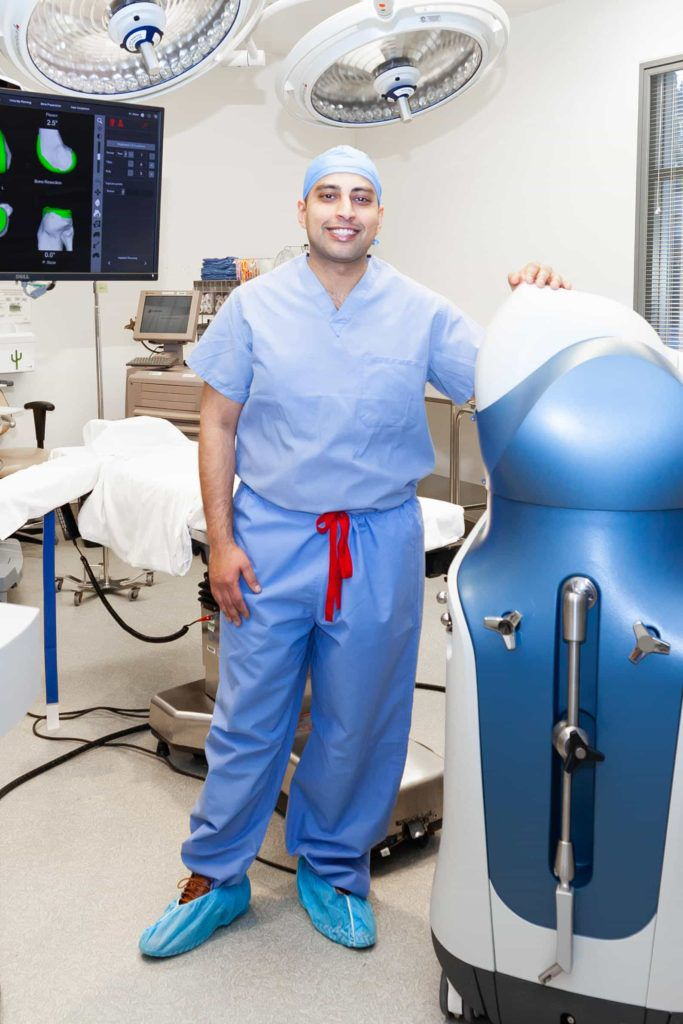
When a robot becomes a formal program of record, Hatfield said, “it can get into the Army supply system into the Army training system.”Īs part of the effort to institutionalize ground robotics, the Army is finally looking at establishing a formal “proponent,” probably at Fort Benning’s Maneuver Center of Excellence - which currently coordinates Army robotics but without any additional authority or funding to do so - or at Fort Leonard Wood’s Maneuver Support Center - whose combat engineers oversee the lion’s share of current ground robots because of their lead role in clearing roadside bombs. Many of the robotic systems fielded now rely heavily on contractors because the military lacks the trained personnel or the supply chain to support them. To make it through all these gatekeepers, Maline warned, technologies will have to make “a robust business case” and then compete for contracts.īureaucracy gets a bad rap, but there is a value to this deliberate process. Instead of being handled outside the system on an urgent-needs basis, Maline said, military robotics programs will be brought back into the fold of what’s called the “big-A acquisition” system: the complex tri-partite process that coordinates the Joint Capabilities Integration and Development System (JCIDS), the annual and five-year cycles of the Planning, Programming, and Budgeting (PPB) process, and the so-called “small a acquisition” procedures that actually buy equipment under Defense Department Directive 5000. “When OCO funding goes away, if you’re not a program of record, there’s nothing to sustain it.” “It’s not more bureaucracy it’s the old bureaucracy, the way of doing business that we always did,” Hatfield said at the Las Vegas conference of the Association for Unmanned Vehicle Systems International (AUVSI).

But it will do so with fewer dollars and more rules. It will also explore new areas like unmanned trucks for supply convoys and increase its focus on lighter, more deployable systems. The military will still invest in the now-archtypical unmanned missions like flying drones for surveillance and ground robots to clear bombs. Stuart Hatfield of the Army Capabilities Integration Center (ARCIC) warned, the war funding goes away - and the bureaucracy comes back. It’s been a bonanza for contractors with innovative technology to offer.


Robotic systems joint project office full#
Since 9/11, the military has had “giant pots of money” to throw at urgent problems without going through the full acquisition process. LAS VEGAS: “We’ve been spoiled,” the colonel said.


 0 kommentar(er)
0 kommentar(er)
